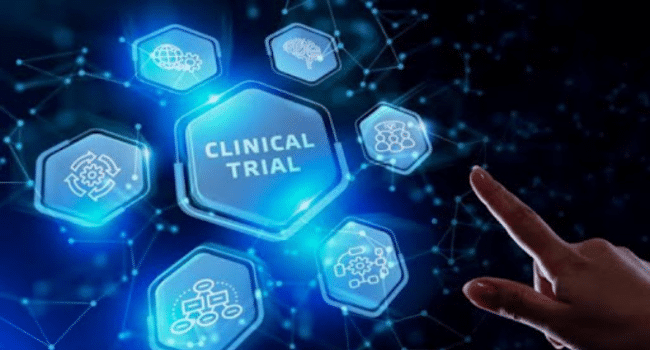Table of Contents
The importance of post-marketing surveillance (PMS) and pharmacovigilance in ensuring the sustained success of a medicinal drug newly released in the market need not be reiterated.
That keeps providers of clinical pharmacology services in good demand, including companies working as CROs in the pharma market, such as Allucent and others who excel in clinical trials that lead to the approval of the drug for market release.
Why Post-Market Data Of Drugs Important
Although clinical trials precede drug approval, many limitations hamper the drug makers from completely extracting the drug’s risks, outcomes, reactions, and effects. So, it calls for consistent monitoring of the drug’s performance in the real market.
The clinical pharmacology services help in overcoming the constraints in clinical trials, such as limited sample experiments on a select group of patients. The resulting data from pharmacovigilance and post-marketing surveillance will help all stakeholders, including consumers, in ensuring the drug’s safer and effective use.
Gaps in Clinical Trials: The Need for Broader Real-World Data
This failure in exposing the full spectrum of rare adverse drug reactions (ADRs) during early trials is well taken care of in the post-market drug life. Often, the controlled conditions of clinical trials try to keep out target patients with multiple comorbidities and also those taking other medications.
The data captured by clinical pharmacology services on the drug’s reaction in important patient groups excluded in clinical trials helps in planning course corrections for market success.
The data collated from reactions of groups like pregnant women, children, the elderly, and those with organ impairments will be professionally managed by the agencies with the right credentials to help in long-term post-marketing surveillance and pharmacovigilance.
Role Of Pharmacovigilance In Ensuring Drug Safety
Specifically, pharmacovigilance is a core science covering the assessment and understanding of adverse effects of drug-related problems and updates that can correct the concerns. It is a long-term collection and analysis of data from a larger and diverse patient population for identifying rare but serious ADRs that are undetected in early trials.
All these concerns are better addressed by pharmacovigilance using sophisticated data analysis that identifies “signals” about adverse events and creates reports on any potential hazard. The scrutiny examines all signals, and a deeper evaluation follows that determines their clinical significance and looks at any causal link to the drug.
Post-Marketing Data Is Very Important For Regulators
The data collected through pharmacovigilance is also very valuable to regulatory authorities such as the FDA, EMA, etc., to take significant decisions, including updating product labels with new information and adding warnings or cautions.
There are also incidents of withdrawing drugs from the market altogether if the risks outweigh the benefits. So, the seamless monitoring of a drug even after approval goes a long way in ensuring maximum safety for users, enhanced public trust in medications, and the overall healthcare system.
Final Thoughts
The onus is on the drug companies to align with the best partners offering post-marketing feedback and derive data on the drug’s performance in various demographics and populations with complex medical histories of multiple medications. In short, drug makers have to partner with providers of clinical pharmacology services in making sure the approved drugs continue to navigate the market without any barriers and deliver optimum therapeutic support.
